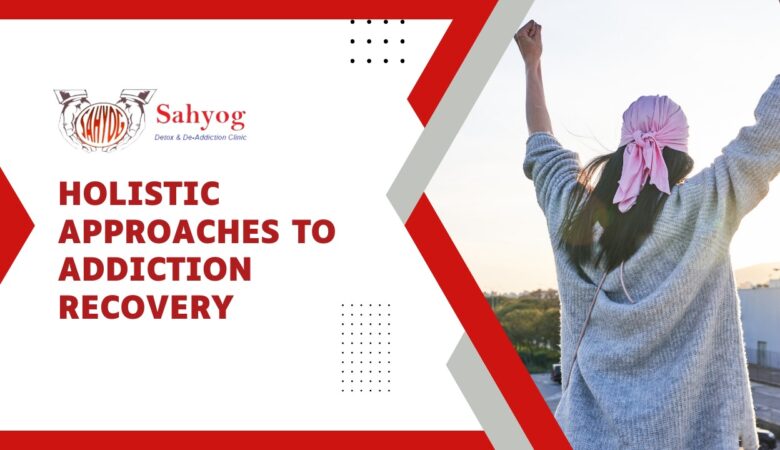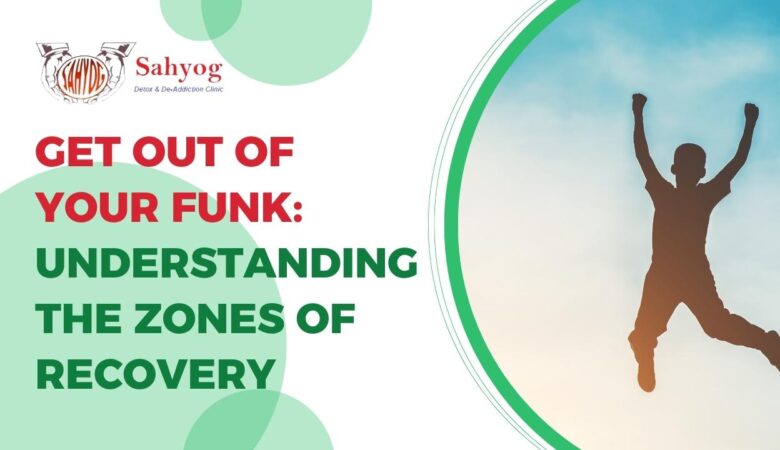Holistic Approaches to Addiction Recovery
Are you or a loved one struggling with addiction and searching for a more holistic approach to recovery? Dive into the world of holistic healing as we explore innovative methods that go beyond traditional treatments. Discover how incorporating mind-body connections, nutrition, mindfulness, and self-care can transform your journey to sobriety. Join us on this enlightening path towards comprehensive healing and well-being. Understanding Addiction and Traditional Treatment Methods Addiction is a complex condition that affects the brain, leading to compulsive behaviors despite harmful consequences. It can stem from various factors like genetics, environment, and mental health issues. Traditional treatment methods often focus on detoxification, counseling, and medication to manage withdrawal symptoms and address underlying psychological triggers. Therapies such as Cognitive Behavioral Therapy (CBT) and group counseling are commonly used in addiction recovery programs to help individuals understand their behaviors and develop coping strategies. Medications like methadone or buprenorphine may be prescribed for opioid addiction to reduce cravings and withdrawal symptoms. While these approaches have proven effective for many people battling addiction, some individuals seek alternative methods that take a more holistic approach to healing. Holistic therapies aim to treat the whole person – mind, body, and spirit – by addressing physical, emotional, and spiritual needs simultaneously. What is Holistic Healing? Holistic healing is a comprehensive approach that considers the individual as a whole – mind, body, and spirit. It goes beyond just treating the symptoms of addiction and instead focuses on addressing the root causes. In holistic healing, traditional therapies are combined with alternative methods such as acupuncture, yoga, meditation, and art therapy to promote overall well-being. This approach recognizes that each person’s journey to recovery is unique and requires personalized care. By incorporating various techniques like mindfulness practices and nutritional support, holistic healing aims to restore balance in all aspects of a person’s life. It emphasizes self-awareness, self-compassion, and connection to oneself and others. Holistic healing encourages individuals to take an active role in their recovery process by empowering them with tools to heal not only physically but also emotionally and spiritually. The Benefits of Holistic Approaches for Addiction Recovery Holistic approaches offer a fresh perspective on addiction recovery by addressing the individual as a whole, not just the symptoms. These methods focus on healing the mind, body, and spirit to promote long-lasting wellness. By incorporating alternative therapies like acupuncture, yoga, and meditation into treatment plans, individuals can find inner peace and balance. One of the key benefits of holistic approaches is their emphasis on personalized care. Rather than using a one-size-fits-all approach, these methods tailor treatments to meet each person’s unique needs and preferences. This individualized attention can lead to more effective outcomes and a higher likelihood of sustained sobriety. Additionally, holistic practices often empower individuals to take an active role in their recovery journey. Through activities like art therapy, nature walks, or journaling exercises, individuals can explore their emotions and experiences in a safe and supportive environment. This self-exploration can help unearth underlying issues contributing to addiction while promoting personal growth and resilience. Embracing holistic approaches for addiction recovery can provide a well-rounded healing experience that nurtures the mind-body connection and fosters lasting transformation. Holistic Therapies for Addiction Recovery Holistic therapies for addiction recovery focus on treating the whole person, addressing physical, mental, and emotional aspects. These approaches go beyond just managing symptoms; they aim to restore balance in all areas of life. Acupuncture is one holistic therapy that can help reduce cravings and alleviate withdrawal symptoms by promoting relaxation and restoring energy flow in the body. Yoga and meditation are effective practices for increasing self-awareness, reducing stress, and improving overall well-being during the recovery process. Art therapy allows individuals to express emotions creatively, helping them process trauma and develop healthier coping mechanisms. Massage therapy can release tension held in the body due to substance abuse while promoting relaxation and enhancing circulation. By incorporating a variety of holistic therapies into an addiction recovery plan, individuals can address underlying issues contributing to their addiction while nurturing their mind, body, and spirit towards healing. Mind-Body Connection in Recovery Understanding the mind-body connection in addiction recovery is crucial for holistic healing. Our thoughts, emotions, and physical well-being are intricately linked, impacting our overall health and recovery journey. When individuals struggling with addiction learn to connect their mental state with their physical sensations, they can better understand triggers and cravings. By practicing mindfulness and engaging in activities like yoga or meditation, they can cultivate a more balanced mind-body relationship. Physical exercise not only improves physical health but also boosts mood through the release of endorphins – the body’s natural feel-good chemicals. Eating a healthy diet rich in nutrients supports brain function and helps restore balance to the body after substance abuse. By nurturing both the mind and body during recovery, individuals can enhance their overall well-being and increase their chances of long-term sobriety. The Role of Nutrition in Addiction Recovery Nutrition plays a crucial role in addiction recovery by providing the body with essential nutrients that support overall well-being. When overcoming addiction, it’s important to fuel your body with foods that promote healing and balance. A diet rich in fruits, vegetables, lean proteins, and whole grains can help stabilize blood sugar levels and improve mood regulation. Avoiding processed foods high in sugar and unhealthy fats is key to maintaining physical and mental health during recovery. Hydration is also vital for detoxification and flushing out toxins from the body. Drinking plenty of water helps support organ function and promotes overall wellness. Incorporating supplements like vitamins B, C, D, magnesium, and omega-3 fatty acids can further aid in restoring nutrient deficiencies commonly seen in individuals struggling with addiction. By prioritizing nutrition as part of a holistic approach to recovery, individuals can enhance their physical health which supports their journey towards sobriety. In addition to physical benefits, proper nutrition can also have a positive impact on mental health. A diet high in processed foods and sugary drinks has been linked to increased symptoms of



